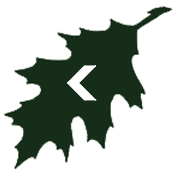Sonic Tomography
Decay in trees can weaken wood enough to increase the chance of mechanical failure. However, in many instances decay is not extensive enough to compromise the safety factor of the tree. The use of both Picus and Arbotom sonic tomography enables the extent of decay to be assessed without invasive testing such as resistograph drilling or boring, which damages trees and potentially impairs the tree’s ability to compartmentalise the decay.
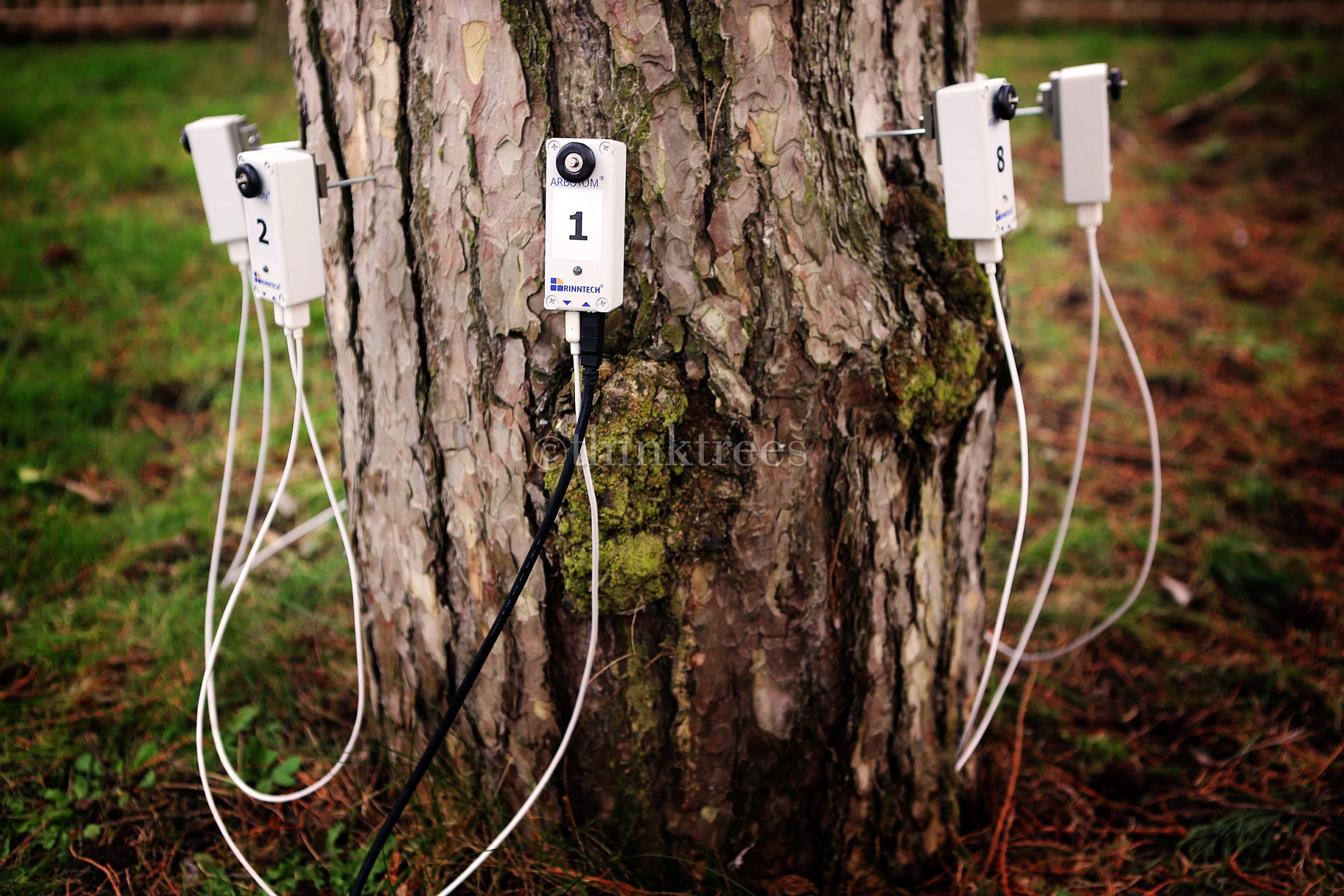
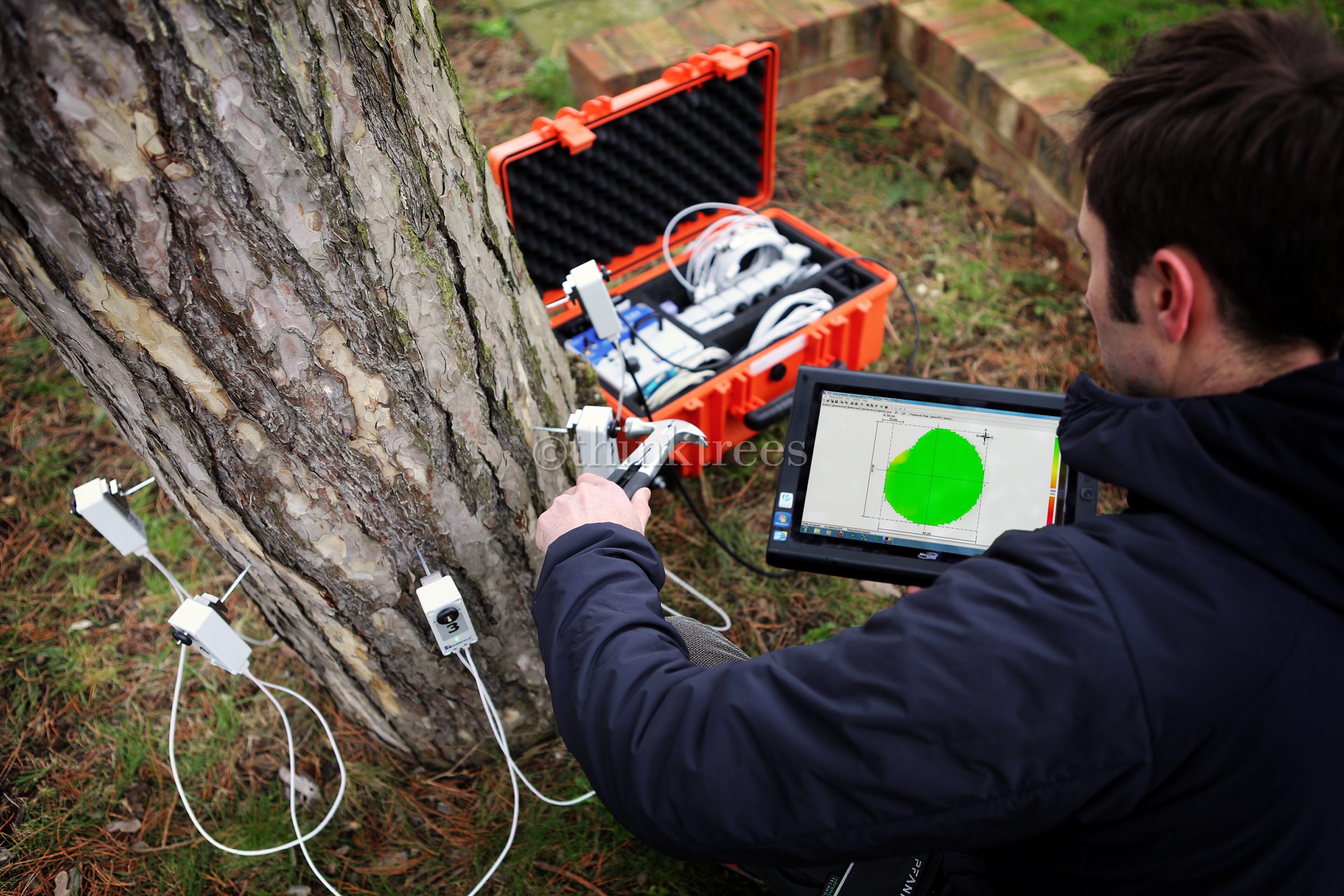
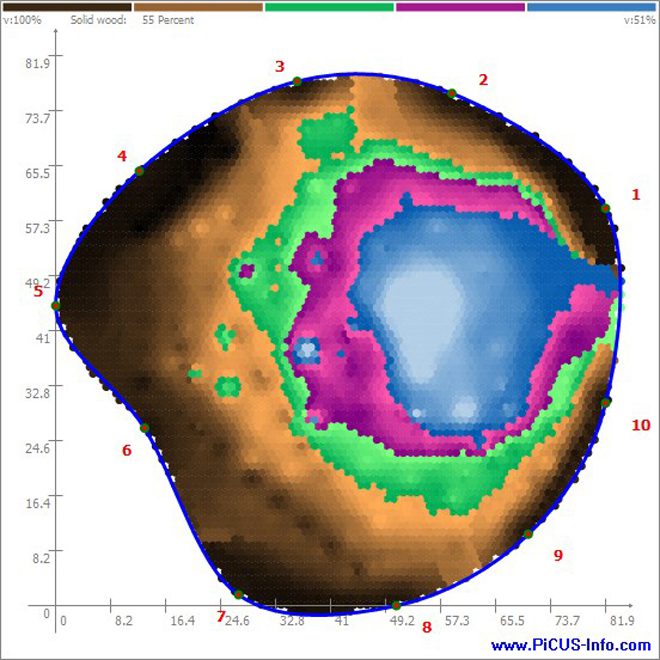
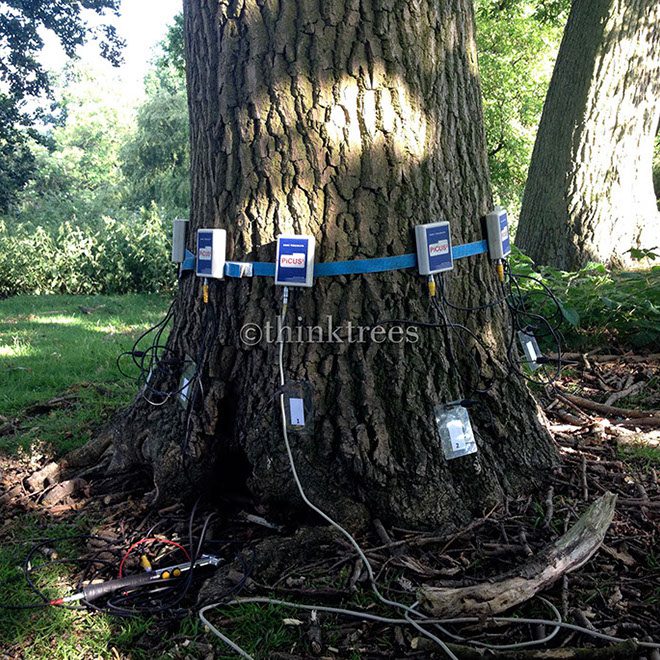
Summary:
Coloured images (tomograms) produced from each test show clearly the extent of any decay present.
The combination of Sonic Tomography with Tree statics enables a more objective assessment to be made of the tree’s fracture stability.
Picus and Arbotom tests are both non invasive methods as opposed to other decay detection procedures such as resistograph drilling.
The accurate recording of the level at which the test was carried out and the locations of the individual measuring points ensures the tests are repeatable, enabling comparison between previous and subsequent tomograms.
Results can be presented in a detailed report or as a short test protocol that is suitable for tree officers, consultants and arborists to interpret independently
News – The Arbotom
Our latest piece of equipment for detailed tree inspection leads the way in the assessment of tree fracture stability… READ MORE
Tree stability testing
Trees, as they age, naturally develop defects. Often these are of little significance in terms of tree safety... READ MORE

